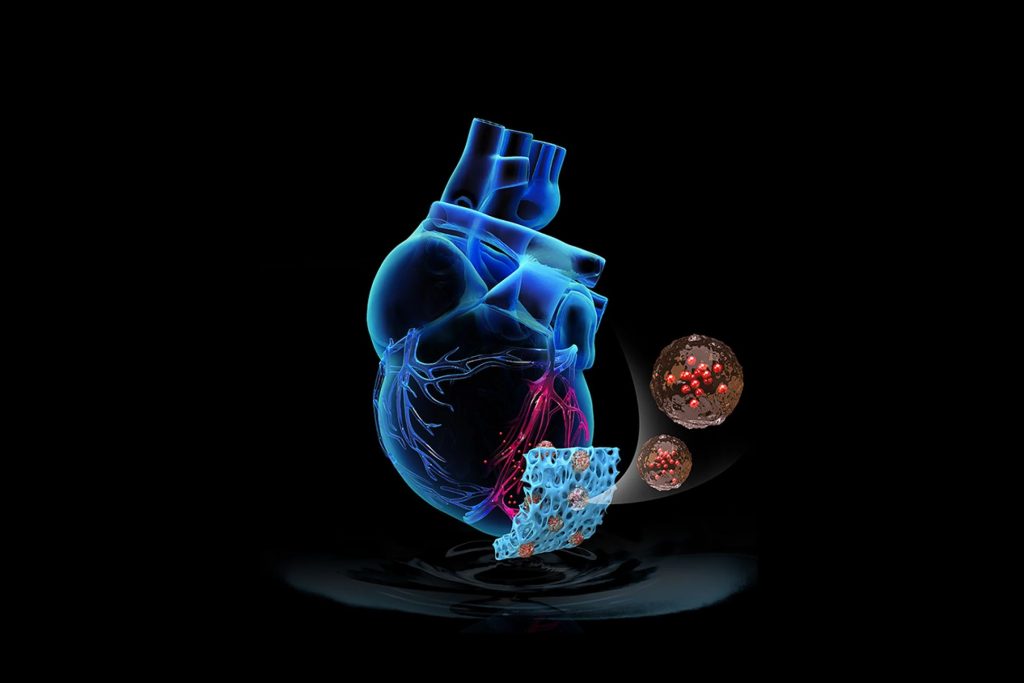Medical researchers are looking into a variety of techniques that would offer heart attack sufferers a higher chance of full recovery. One such technique involves cardiac patches. These medical devices have been designed to assist in regenerating healthy tissue after the injury and help restore the organ to its proper functionality.

A team of scientists at North Carolina State University has managed to create an ‘off-the-shelf’ version of these cardiac patches that can overcome the dangers that other approaches involve. Over the years, we have seen different kinds of cardiac patches. Each set of cardiac patches came with its own features but was primarily designed to repair tissue that had undergone irreparable damage via heart attack. A number of techniques involved making use of living cells that had been embedded into scaffolds that would then be implanted to take over the role of regular heart cells while mimicking the beating heart tissue.

However, as per the North Carolina State University team, by relying on living cellular material; a number of risks were being involved including a higher risk of a tumor, triggering an immune response from the patient, and irregular heartbeat. The team believes that it has come up with a safer alternative. The study author, Ke Cheng, said, ‘We have developed an artificial cardiac patch that can potentially solve the problems associated with using live cells, yet still deliver effective cell therapy to the site of injury.’
The off-the-shelf cardiac patches that have been designed by the team start off by decellularizing pig heart tissue that was then transformed into a scaffolding matrix with the aim of serving as the primary structure of the patch. Furthermore, synthetic cardiac stromal cells that contain repair factors acquired from real cardiac stromal cells were then added to the matrix thus creating a complete solution that offers all of the therapeutics generally secreted by cells but in a completely artificial manner.

The team claims, based on experiments, that the frozen patches work as well as fresh ones and they were able to witness a boost in cardiac function of 50% in a rat model of a heart attack and 30% reduction in scarring of the injury site. Cheng says, ‘The patch can be frozen and safely stored for at least 30 days, and since there are no live cells involved, it will not trigger a patient’s immune system to reject it. It is the first step toward a truly off-the-shelf solution to cardiac patch therapy.’
The research has been published in the journal Science Translational Medicine.


